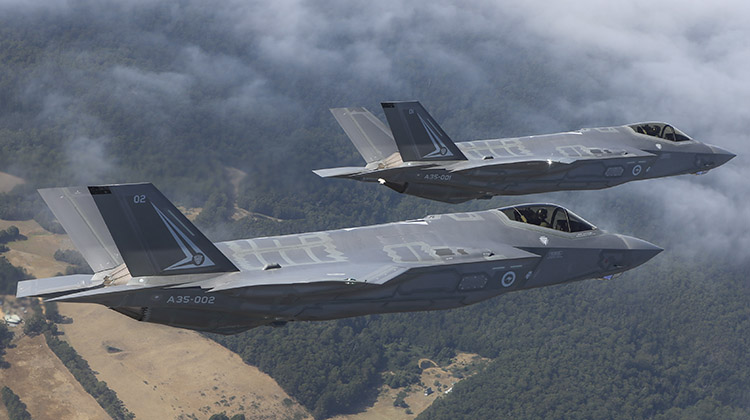
UPDATED: Three US Marines have died after their MV-22B Osprey crashed while exercising in the Shoalwater Bay Military Training Area, north of Rockhampton, Queensland on Saturday. The Osprey, from the Marine Medium Tiltrotor Squadron 265 (VMM-265) ‘Dragons’ based in Japan and assigned to the 31st Marine Expeditionary Unit, crashed after launching from the amphibious assault ship

Boeing Defence Australia will look after RAAF F/A-18A/B ‘classic’ Hornet logistics, engineering and maintenance services following the expansion of the company’s existing Classic Hornet Sustainment Support contract. The expanded scope of the $145 million contract sees Boeing Defence Australia become the classic Hornet’s ‘weapon system integrator’ through until the jet’s withdrawal from service in 2021. “This

Unmanned aircraft systems company Insitu has notched up one million operational flight hours – 114 years – by its ScanEagle, Blackjack and Integrator platforms. Insitu chief executive Ryan Hartman said the first operational mission, which started the clock, was for the US Marine Corps, and so too was the one millionth flight hour. He gave

Republic of Singapore Air Force F-15SG fighters could be based in New Zealand “long-term” for training, NZ Defence Minister Mark Mitchell has announced. Singapore has asked the New Zealand Government “to consider accommodating F-15SG fighter jet training at Ohakea long-term”, a statement released by Minister Mitchell on Wednesday reads. “At the moment both countries are

Australia’s next eight F-35A Lightning II Joint Strike Fighters are in production at prime contractor Lockheed Martin’s Fort Worth final assembly plant ahead of delivery to the Commonwealth in 2018. Australia is acquiring 72 F-35As to replace the RAAF’s F/A-18 ‘classic’ Hornets, the first two of which, known as AU-1 and AU-2, were handed over in late

Boeing is developing an upgraded CH-47F Chinook featuring modifications to increase the heavy-lift helicopter’s lifting power. Funded under a recent US$276 million US Army contract, Boeing will build and test three CH-47F Block II Chinooks to validate technology advancements including a more efficient drivetrain and new swept-tip rotor blades – designed to lift an additional 680kg on their own.












